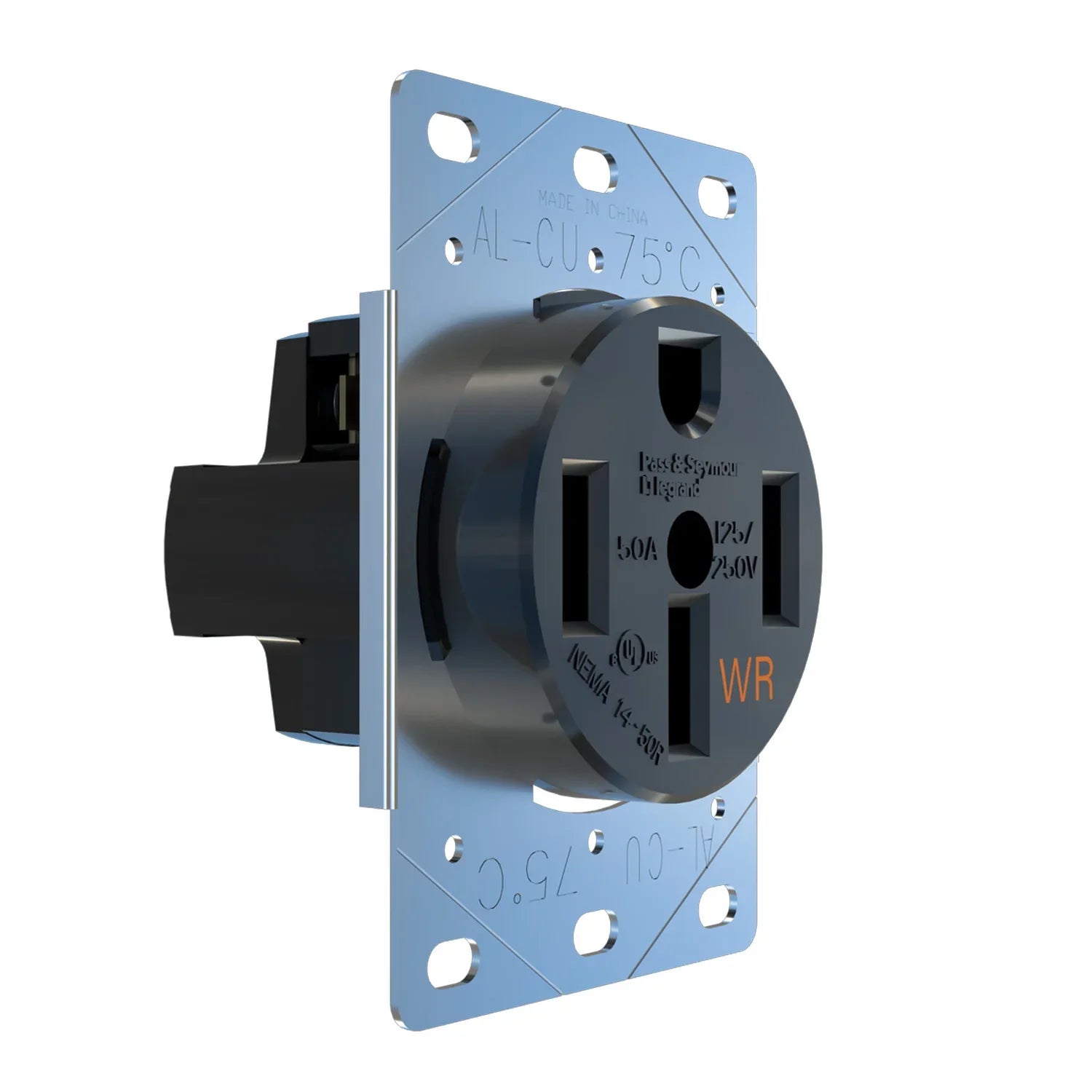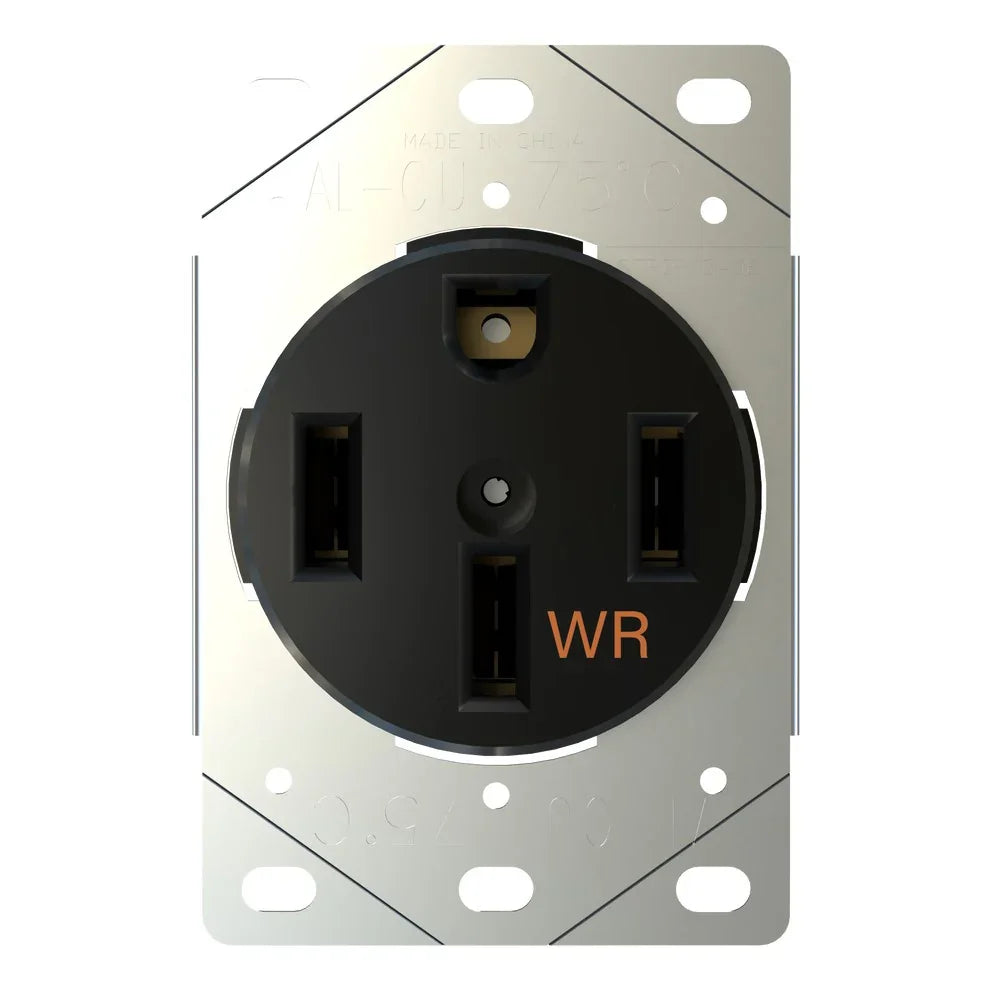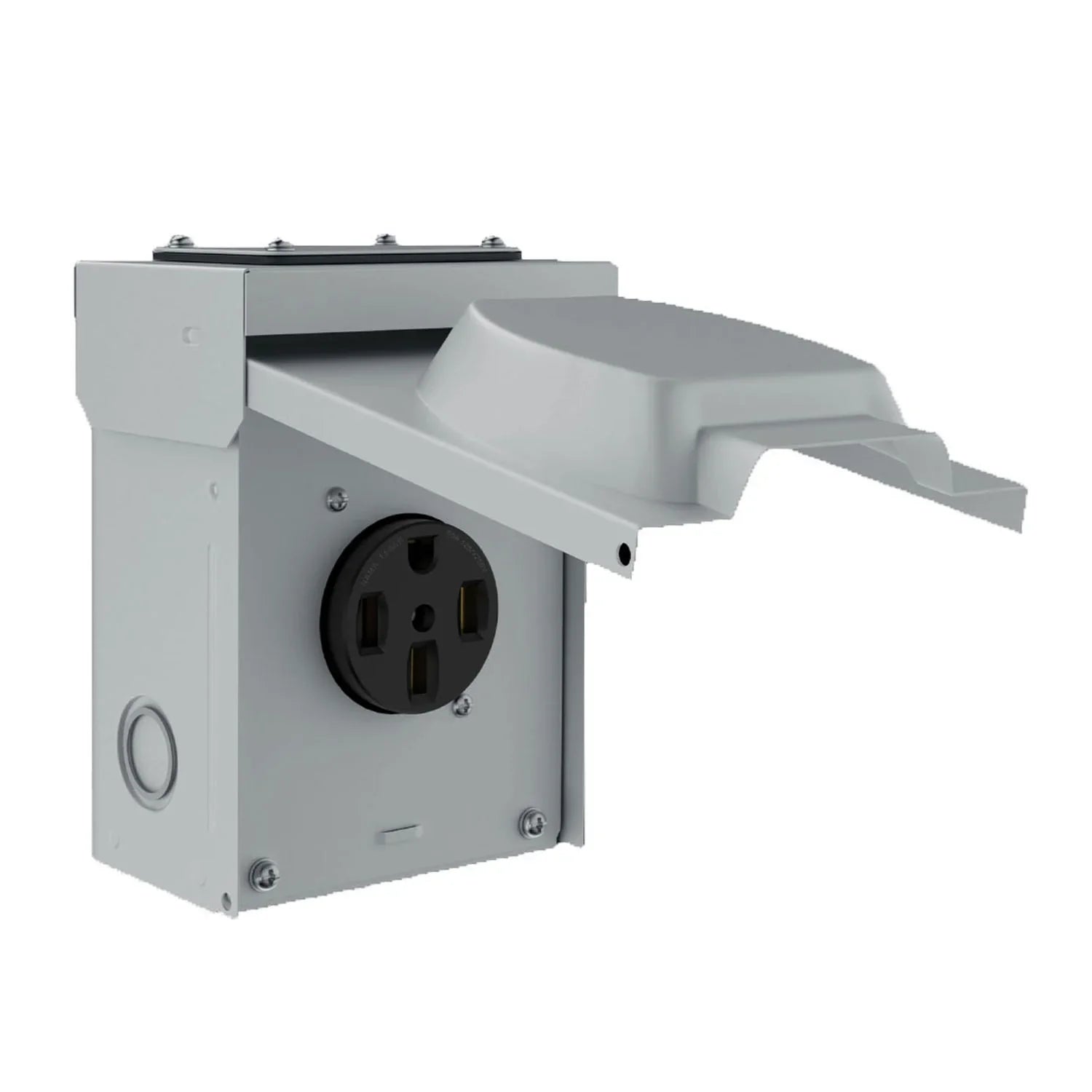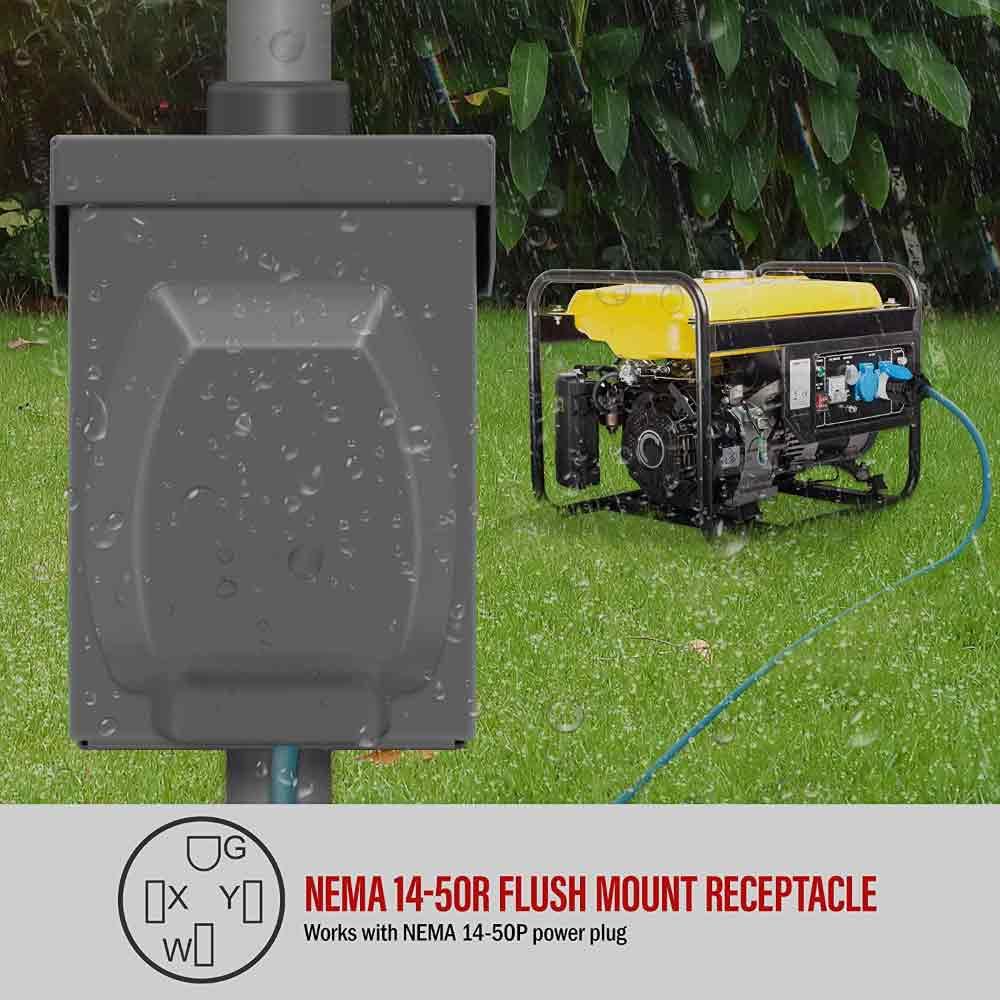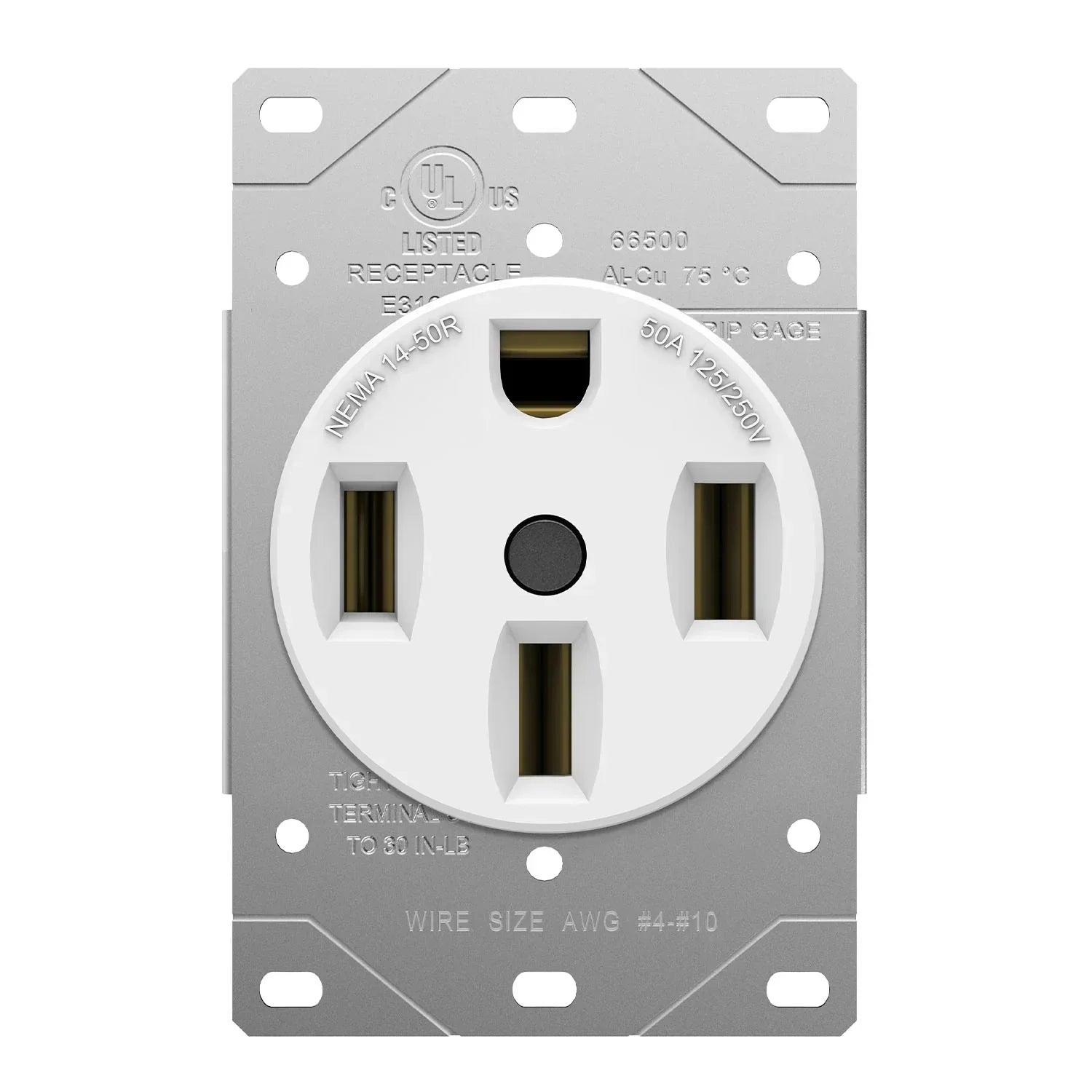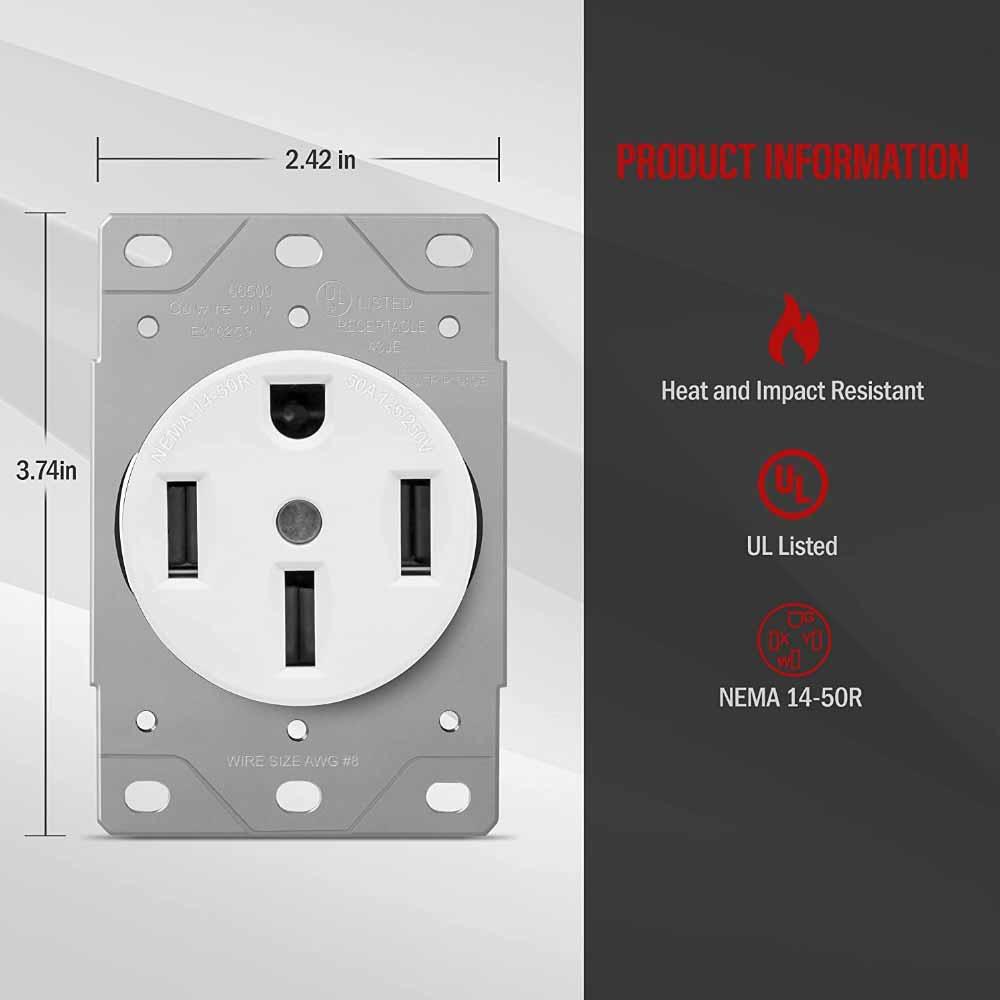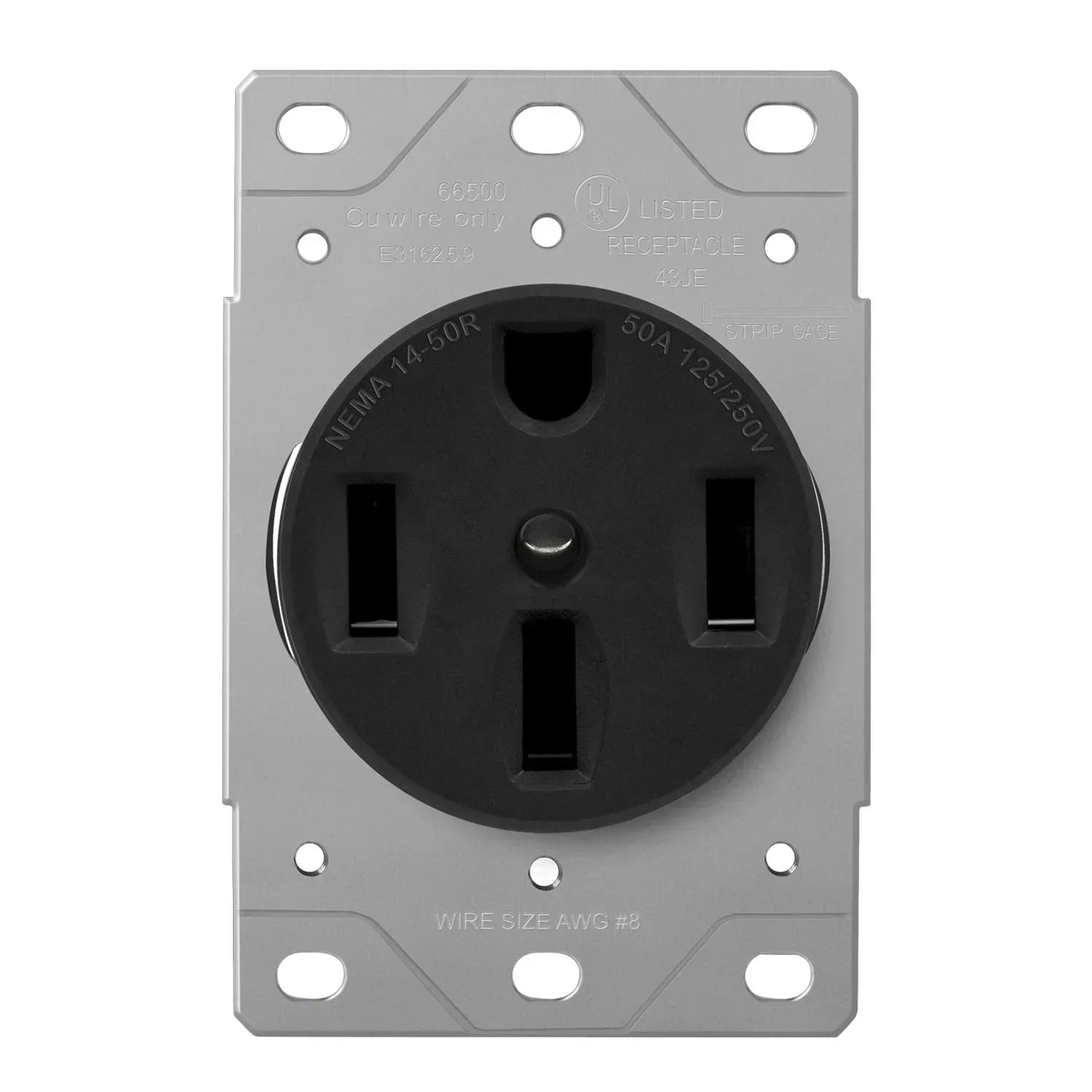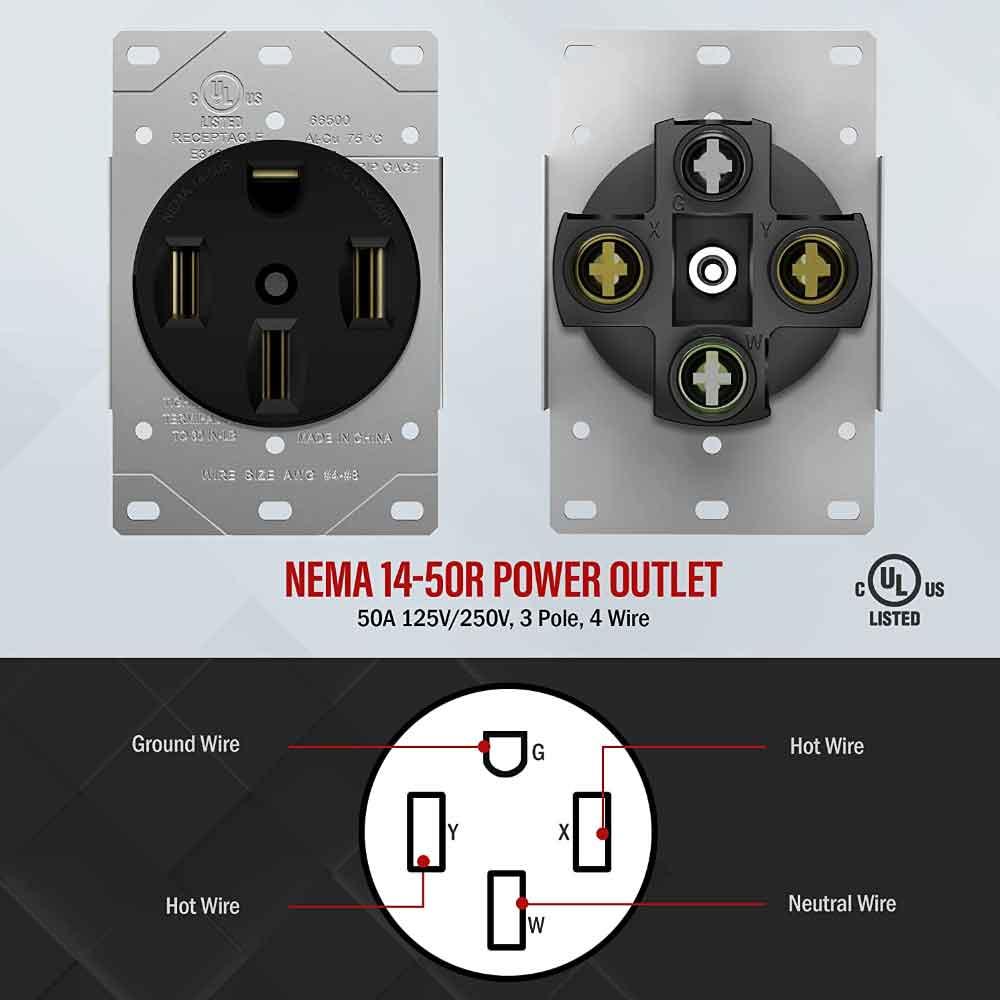An EV charger outlet is a specialized, high-power receptacle designed to safely deliver the substantial, continuous electrical current required for charging an electric vehicle at home. While essential for Level 2 EV charging, these heavy-duty outlets are also the same type used for other major appliances that require 240-volt power, including electric ranges, welders, and large air compressors, making them a cornerstone of any high-power home or workshop setup.
Understanding Charging Levels and Outlet Needs
The type of outlet you need is directly tied to the power you want to achieve.
- Level 1 Charging: This method uses a standard 120-volt household electrical outlet (NEMA 5-15). While it requires no special installation, it is extremely slow, providing only 3-5 miles of range per hour. It is an impractical primary charging solution for most EV owners.
- Level 2 Charging: This is the home charging standard. It uses a 240-volt circuit and can provide 25-37 miles of range per hour, allowing for a full charge overnight. To achieve this, you need a dedicated 240V high-power outlet installed by a professional electrician.
Common High-Power Outlets (NEMA 14-50 & 6-50)
For Level 2 EV charging and other large appliances, two types of 50-amp NEMA outlets are the most common.
-
NEMA 14-50: Often considered the universal standard, this is a 50-amp, 240-volt receptacle with four prongs (two hot wires, one neutral, and one ground). Its inclusion of a neutral wire makes it highly versatile.
- Common Uses: EV Charging, electric ranges and ovens, and it's the standard power hookup at RV parks across North America.
-
NEMA 6-50: Also a 50-amp, 240-volt receptacle, the NEMA 6-50 has three prongs (two hot wires and one ground) and no neutral wire. It can sometimes be simpler and less expensive to install.
- Common Uses: EV Charging, welders, large air compressors, and some models of electric kilns or ranges that do not require a neutral connection.
Key Considerations for Installation
- Professional Installation is a Must: Installing a 240-volt, 50-amp circuit is not a DIY project. It requires a dedicated circuit from your electrical panel, heavy-gauge wiring, and a 50-amp two-pole breaker. Always hire a licensed electrician to ensure the installation is safe and up to code.
- Location Matters: Install your outlet as close as possible to where you will park your vehicle or use your appliance to avoid straining the power cord.
- Safety First: The circuit for your high-power outlet must have GFCI protection for safety, which is often provided by the 2-pole circuit breaker in your panel.
The Foundation for High-Power Appliances
Having a professionally installed, high-quality 240V outlet is the single most important step for convenient and efficient use of your high-power equipment, whether it's an electric vehicle, a new range, or workshop machinery. Build your charging station or workshop on a foundation of safety and reliability. Explore our collection of heavy-duty NEMA 14-50 and 6-50 receptacles at Bees Lighting.




